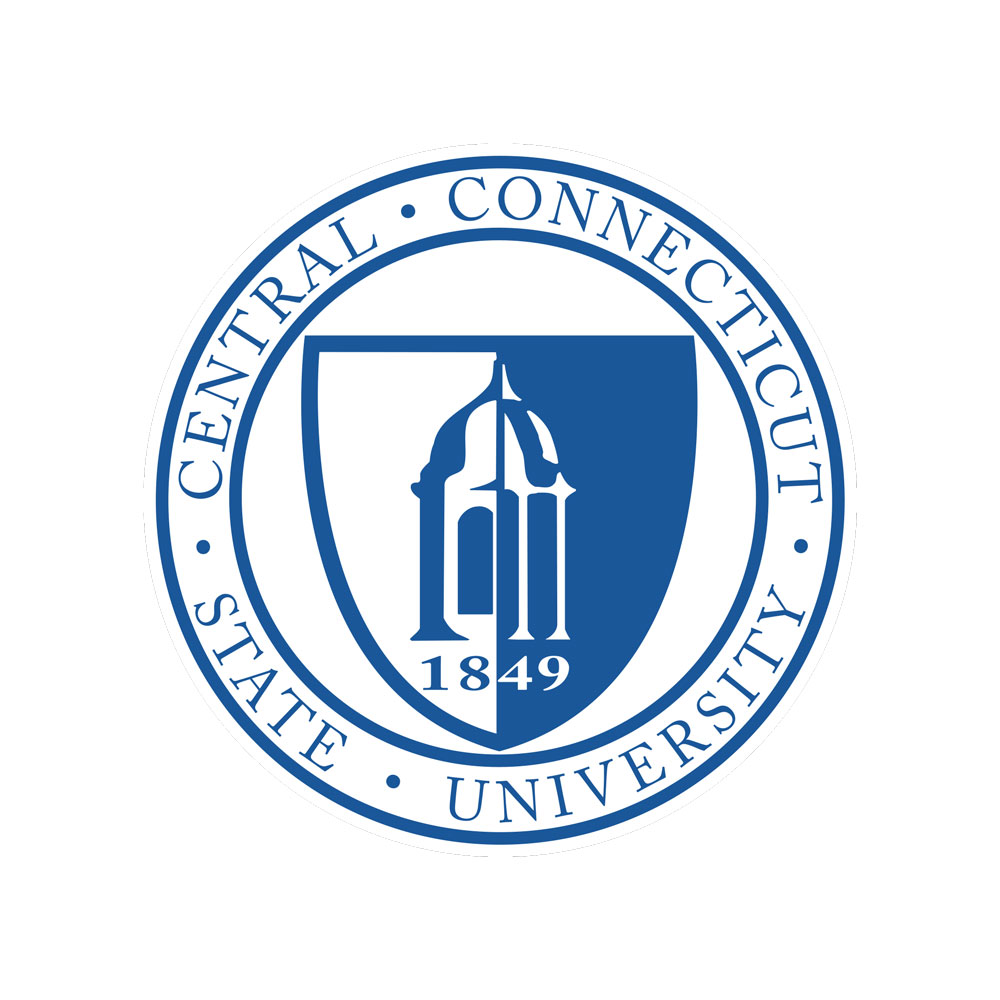
By Amy J. Barry
It is estimated that more than 6,000 people have been laid to rest in Hartford’s Ancient Burying Ground, the city’s oldest cemetery, which dates back to 1640. But until earlier this year, most of the Africans, African Americans, and Native Americans buried there remained nameless, with no headstone or even a wooden marker to commemorate their lives.
All that changed when Central history professor Katherine Hermes and her team of university educators and alumni completed and published the results of “Uncovering their History,” an exhaustive research project that makes public the stories of more than 300 people of color buried in the graveyard in the 17th and 18th centuries but not included in official death records.
Along with an academic report, the team created a comprehensive database accessible through a website with narratives of named and unnamed individuals and accompanying artwork. The data shows connections between family and community members and links users to Ancestry.com.
The Ancient Burying Ground Association (ABGA) commissioned Hermes to do the project and partnered with the Connecticut State Historic Preservation Office to co-fund the cost. The project was spurred on by a current nationwide movement to restore African-American burial grounds, as 2019 marks the 400th anniversary of the start of slavery in the U.S.
”They [ABGA] wanted a list of names and some information but didn’t envision a website,” Hermes says.” I saw it as an opportunity to get something out to the public beyond a report for anybody interested in this—from the scholarly community to those who wanted to connect with their ancestors.”
Hermes, serendipitously, was already on sabbatical, which gave her more time to devote to the ambitious project. She assembled a team of faculty and students with expertise in public history, technology, web design, and beyond. The work was completed ahead of schedule, in less than a year.
Hermes explains that documenting these often forgotten individuals required as much detective work as it did research.
Starting with the Sexton’s List, the official record of people buried in the Ancient Burial Ground between 1640 and the early 1800s, Hermes and her team began inputting names and details into a database. They then scanned reams of microfilm to obtain records from the cemetery’s historic Center Church, as well as from other lists. From there they combed probate records of native and African people who had left wills or estate administrations and looked at probate records of Caucasians interred in the cemetery to find enslaved people listed in their documents.
“It was a shocking thing that someone could record the cause and date of death and burial and not put the person’s name down,” Hermes says. “But at the time that many of these people lived, there was a sense that they weren’t very important, at least to the people recording these deaths.”
Building the website
Sharon Clapp, Central’s Digital Resource Librarian, created the project website and says when she came onboard, the research was already nailed down. Her role was to design a multi-layered online presence where members of the community would really engage with the information.
“We tried to make this more useful for people because they could do searches by name, dates of birth, death, purchase dates, etc.,” she says. “I tried to harness all the data, put it on the website, and make it discoverable and user-friendly.”
She adds, “The [AGBA] has been wonderful to work with. They’re very collaborative and community based.”
Clapp says the collaboration with such a great team a particularly rewarding part of the work.
Although they weren’t members of the research team, Hermes and Clapp credit students of Stan Kurkovsky, chair of the Computer Science Department, for their important contribution to the Relationship Tree Project.
“It uses leading edge technology called the graph data base that allows you to see relationships between people in a visual form,” Clapp explains.
The website features artwork by Cora Marshall, a professor emerita of Art. As there were no photographs for Marshall to refer to, she studied runaway slave ads and created portraits to complement the profiles on the website.
Hermes, who has some of Marshall’s artwork on her walls, says, “We added Cora later in the project when I realized, ‘Man, this needs something — why didn’t I think of this before!’ It really gives a sense that these are real people.”
Hermes is pleased that the ABGA will be able to continue to grow and expand the website.
“We left it with them as something they can move forward with, like developing curriculum for school children,” she says. “They can also add to the database. And family members doing their own research can send them information.”
Hermes is also glad she was able to correct the historical record and shed more light on the extent slavery existed outside the South and here in Connecticut.
“I knew a lot about native populations, but I didn’t realize how erased the African-American population was until I started doing this,” she says. “It was heart-wrenching. It was really important to me to bring together all this disparate information and make it more accessible to the public.”


